A Place of Paradox
On the windswept shingle shore of Dungeness in Kent stands Prospect Cottage—a modest black wooden house that became one of the most important creative spaces in modern British culture. This small cottage was the home of filmmaker, artist, and gay rights activist Derek Jarman, who transformed it into a living artwork, personal refuge, and symbol of resistance.
Surrounded by rusting boats, power lines, and the looming Dungeness Nuclear Power Station, the stark landscape might seem inhospitable. But to Jarman, it was a place of raw beauty, solitude, and inspiration.
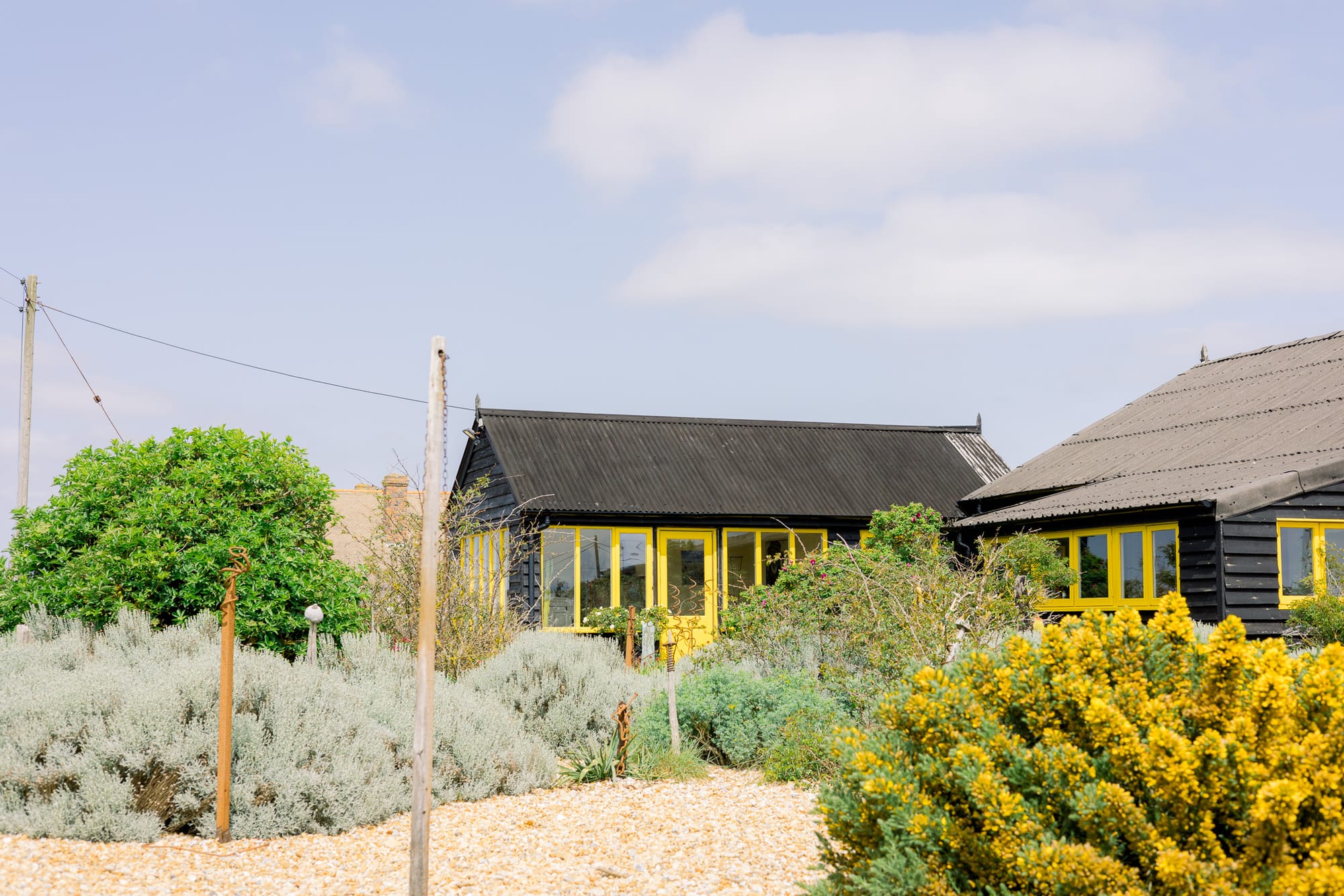
From Fisherman’s Cottage to Artistic Landmark
Prospect Cottage was originally a Victorian fisherman’s house—tarred black to protect it from the elements, with cheerful yellow window frames that Jarman added after purchasing the home in 1986. He was 44, newly diagnosed with HIV, and looking for peace.
Inside, the cottage was filled with books, paintings, film equipment, and found objects. Outside, the wild Dungeness coast stretched for miles. It became a deeply personal space where Jarman could write, paint, and reflect.
Affixed to the side wall are lines from John Donne’s poem The Sunne Rising, turned into wooden lettering by Jarman himself.
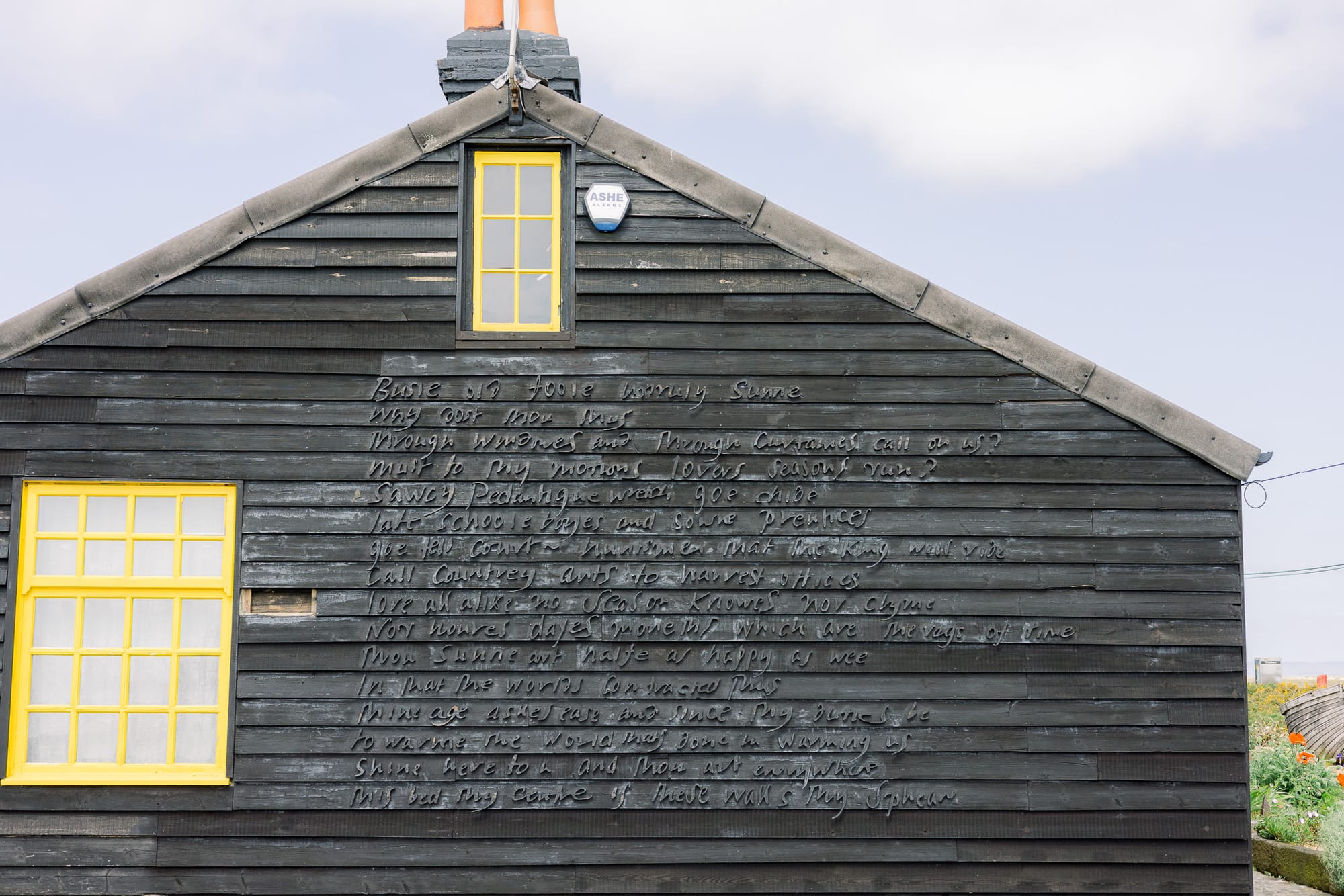
The Garden: Life in a Harsh Landscape
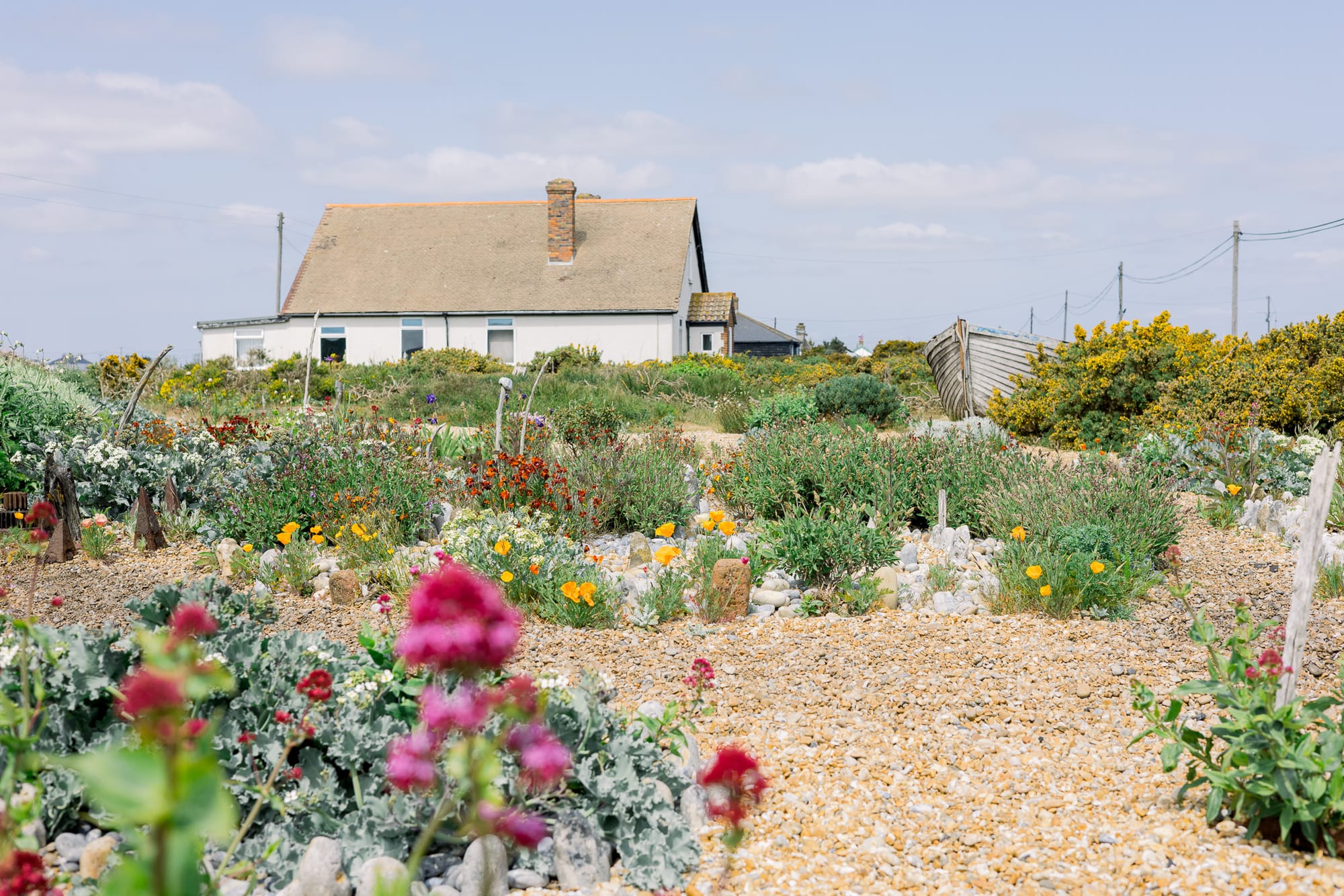
What really sets Prospect Cottage apart is its remarkable garden, perhaps Jarman’s most enduring legacy. Created without soil, fences, or irrigation, this shingle garden became both a work of land art and a metaphor for perseverance.
Using driftwood, old tools, beach stones, and native plants like sea kale, valerian, and poppies, Jarman cultivated a lush, sculptural space in one of the harshest environments in Britain.
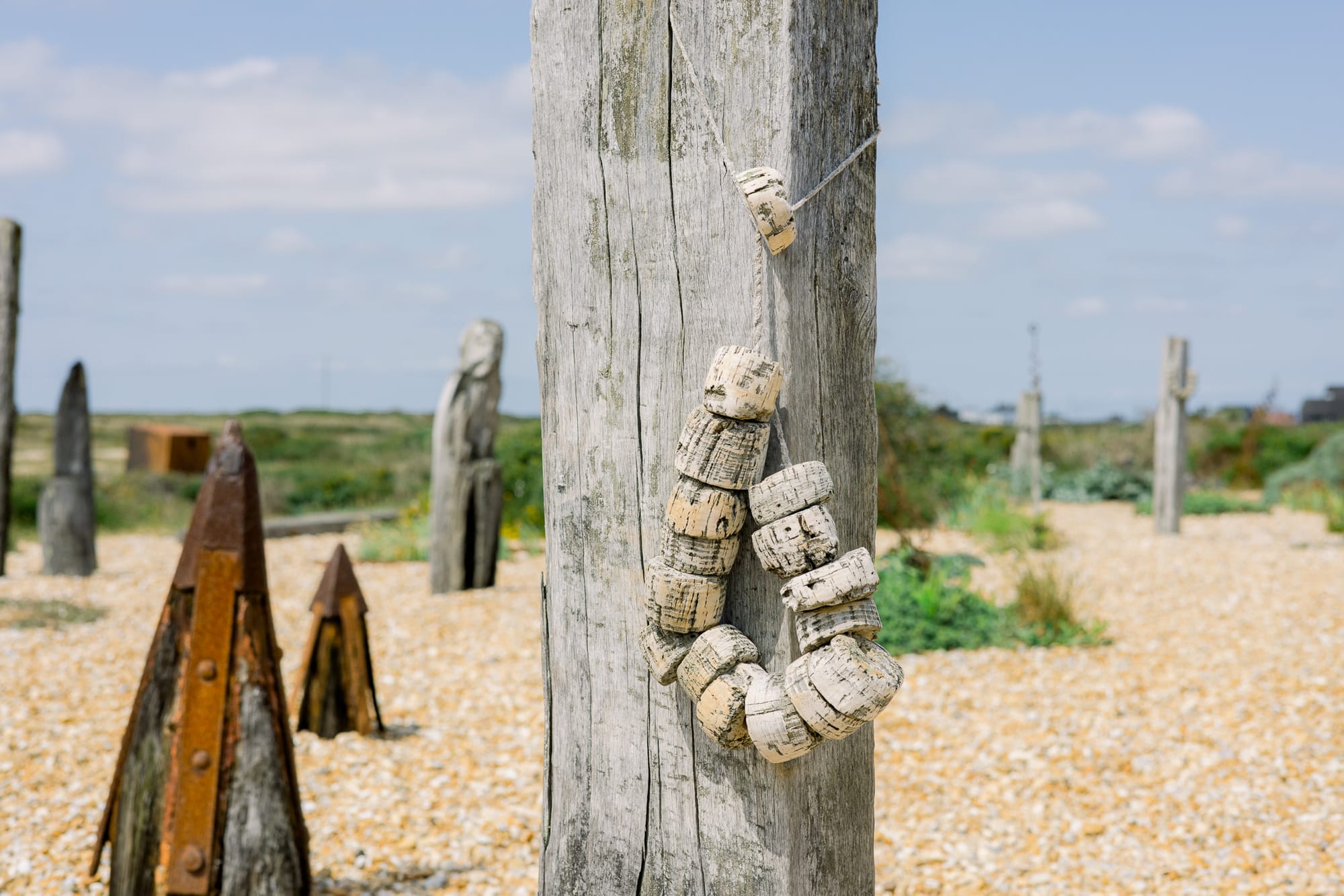
But the garden wasn’t just about aesthetics—it was an act of defiance. At a time when HIV/AIDS carried stigma and shame, when the future seemed uncertain, Jarman planted seeds. His garden said: I am still here. I am alive. I will grow.

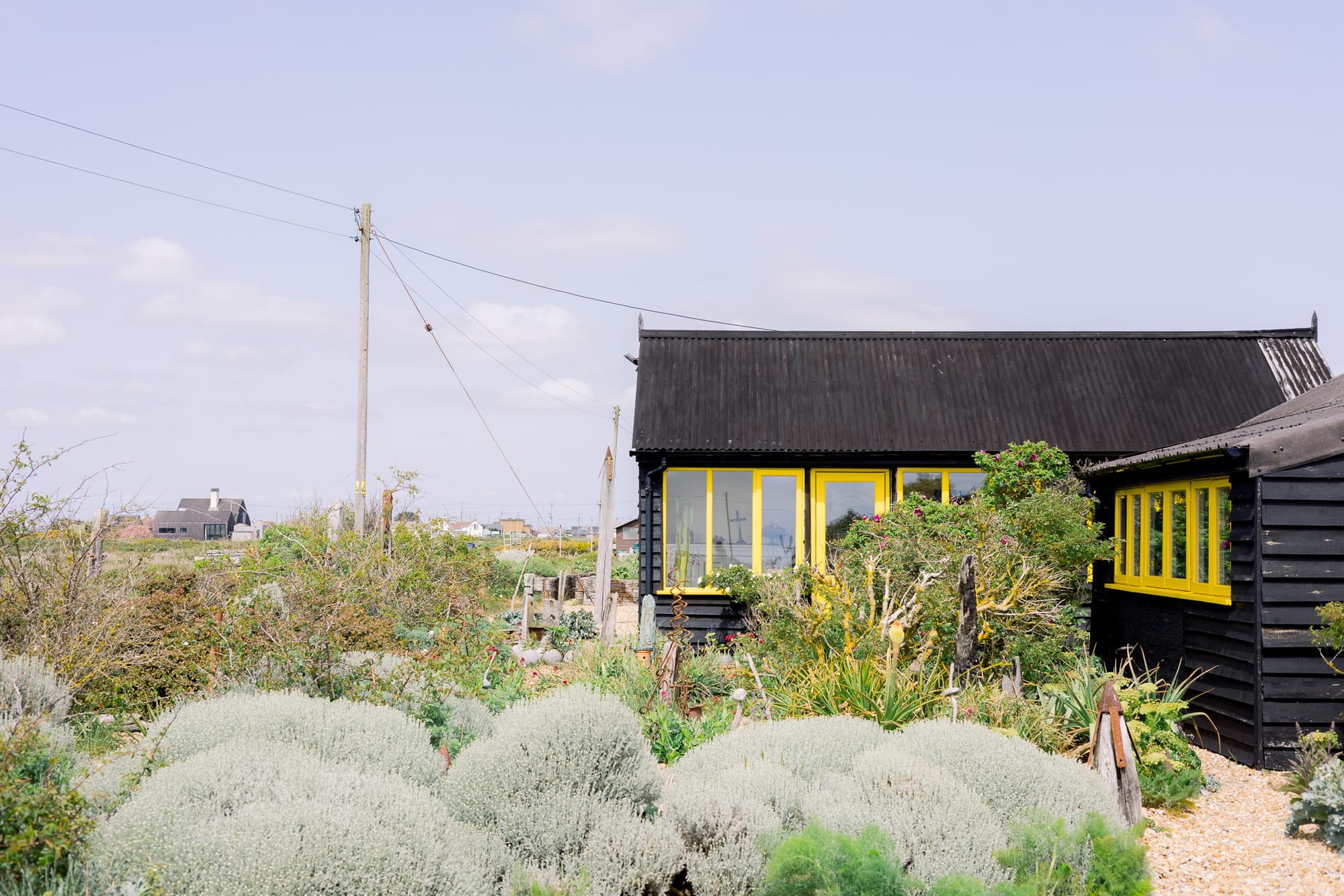

Art and Activism in Every Corner
Even as his health declined, Jarman’s creative output from Prospect Cottage was staggering. He wrote journals, painted, and made experimental films. Among the most important works created in this period included The Garden (1990) and Blue (1993), his final film, a bold cinematic experiment consisting of a single blue screen and audio narration. As he lost his sight, Jarman stripped film to its essence, creating something heartbreakingly personal and universal.
These works show how deeply Prospect Cottage and Dungeness were embedded in his creative psyche. The place wasn’t just a backdrop—it was a collaborator.
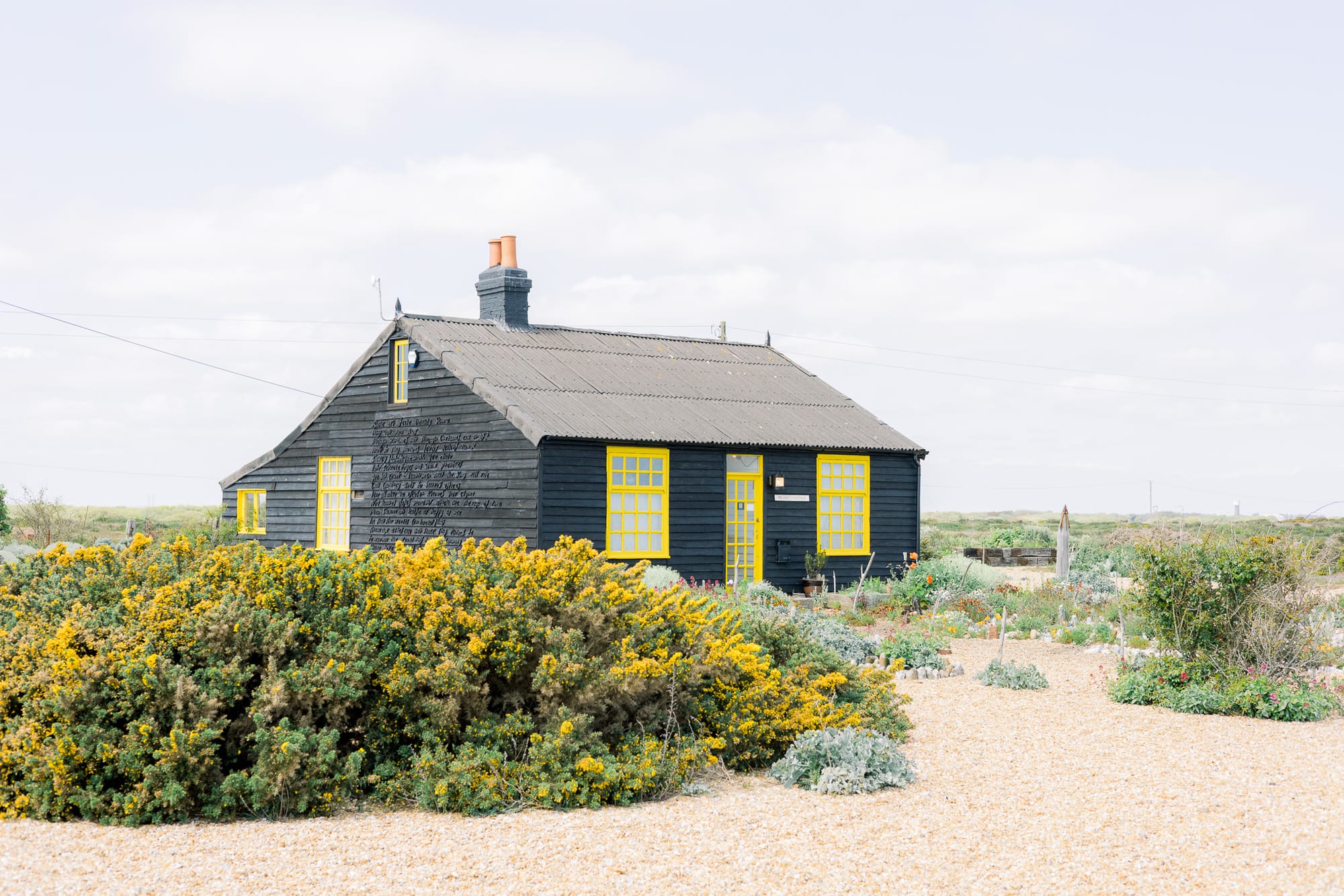
A Queer Icon in a Conservative Era
During the 1980s and early 1990s, Britain was gripped by homophobia, fear around the AIDS crisis, and political backlash such as Section 28, which banned the “promotion” of homosexuality in schools.
Jarman was one of the few public figures willing to speak openly about living with HIV. Through his art and activism, he challenged the stigma and forced the nation to confront its prejudice.
Prospect Cottage became a beacon of queer identity, a defiant space where beauty, love, rage, and mourning could coexist. In cultivating his garden and making art, Jarman reclaimed his narrative.

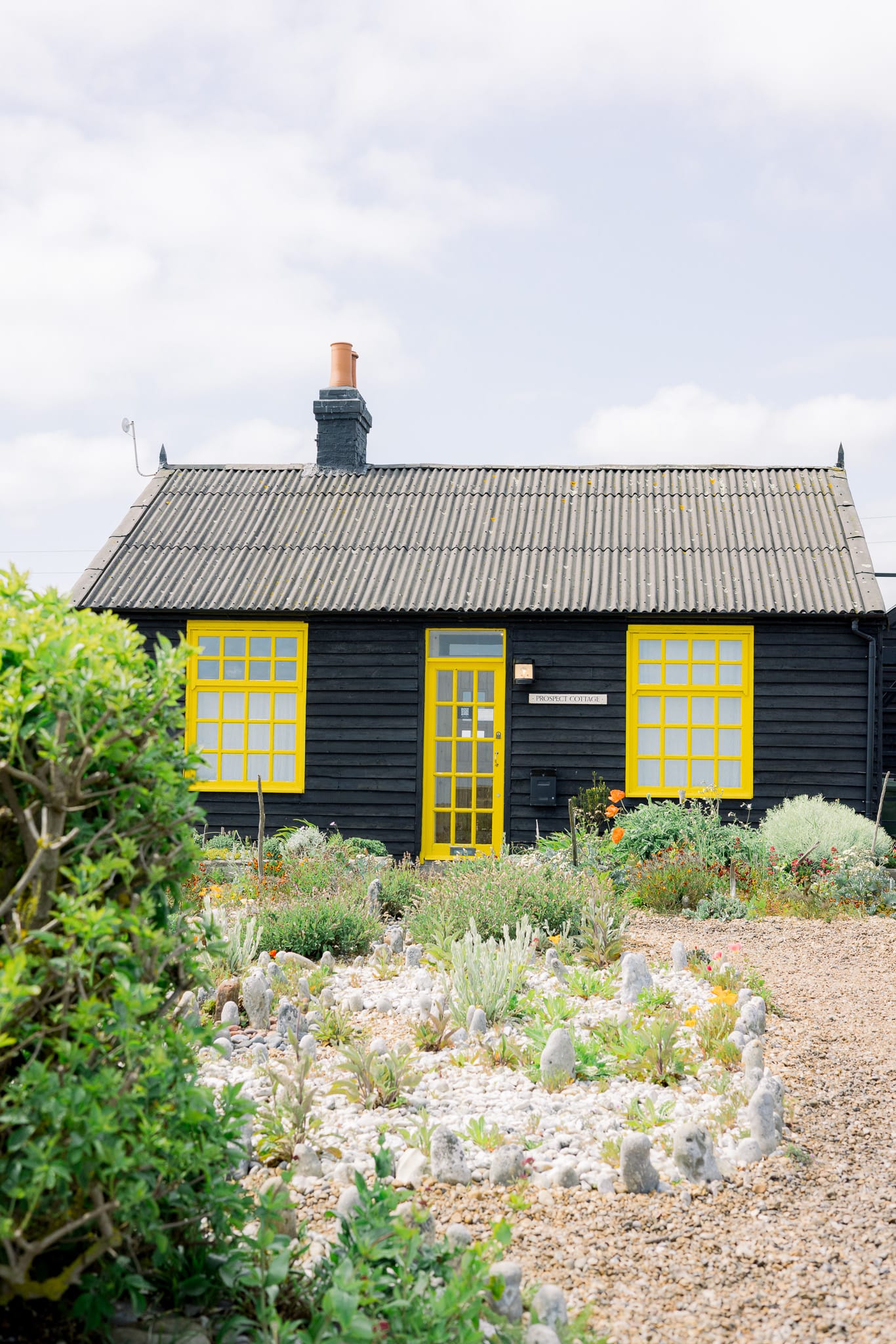
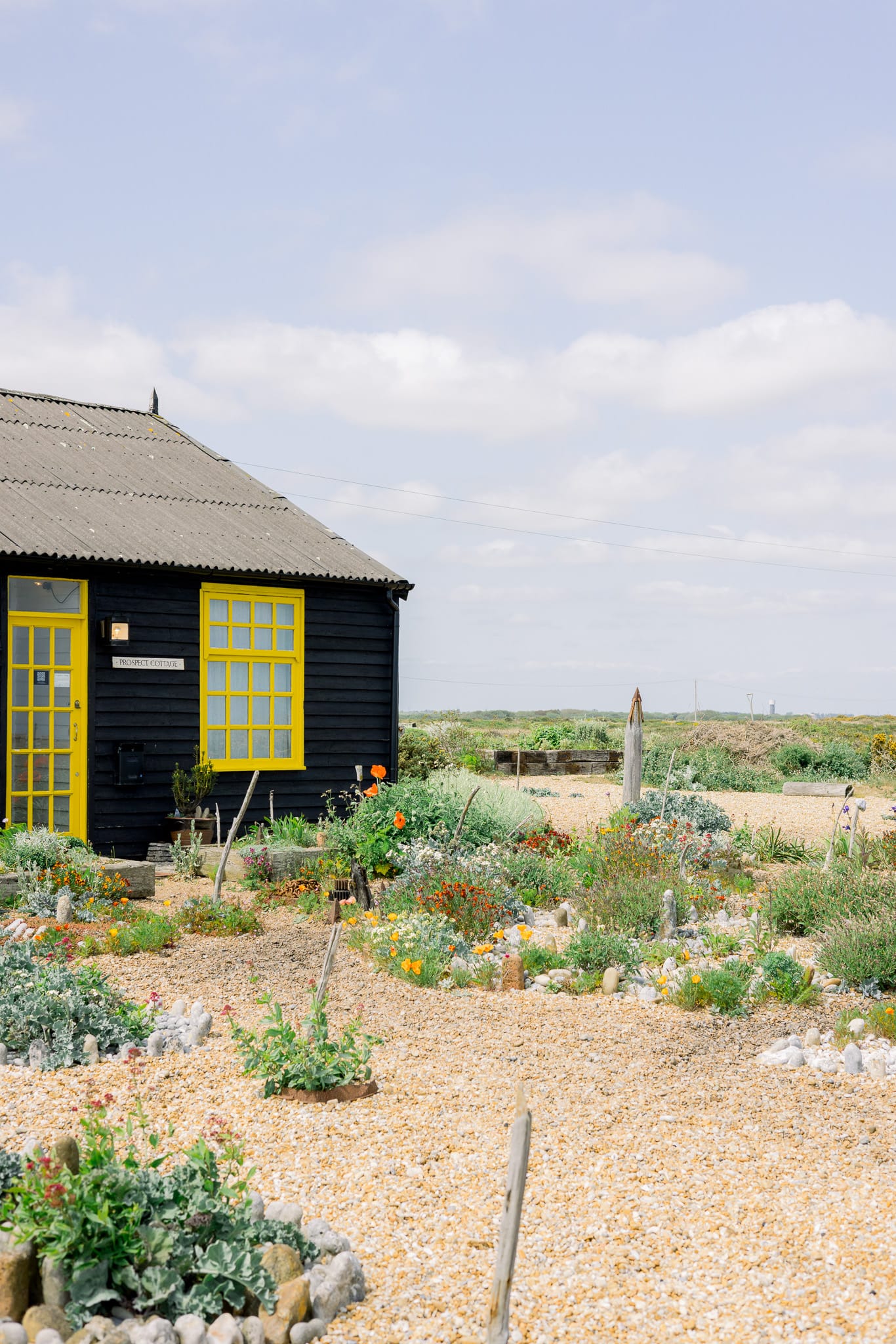
Saving Prospect Cottage
After Jarman’s death in 1994, Prospect Cottage risked being lost—either to private sale or neglect. But its cultural significance was too great.
In 2020, a major campaign led by the Art Fund, along with artists, curators, and public supporters, raised over £3.5 million in just 10 days to preserve the site.
Thanks to this effort, the cottage was saved. Today it is owned by the Art Fund and managed by Creative Folkestone and the Tate, ensuring that it remains a place of creativity, reflection, and public memory.
Visiting Prospect Cottage
You do not need a ticket to visit and enjoy the exterior of Prospect Cottage and garden. There is limited, free public parking nearby and you can walk along to the cottage from there. Access may be challenging for some individuals as Dungeness is a shingle surface with limited pathways.
If you wish to visit inside the cottage, Creative Folkestone arrange public visits to Prospect Cottage, which you can read more about and book here.
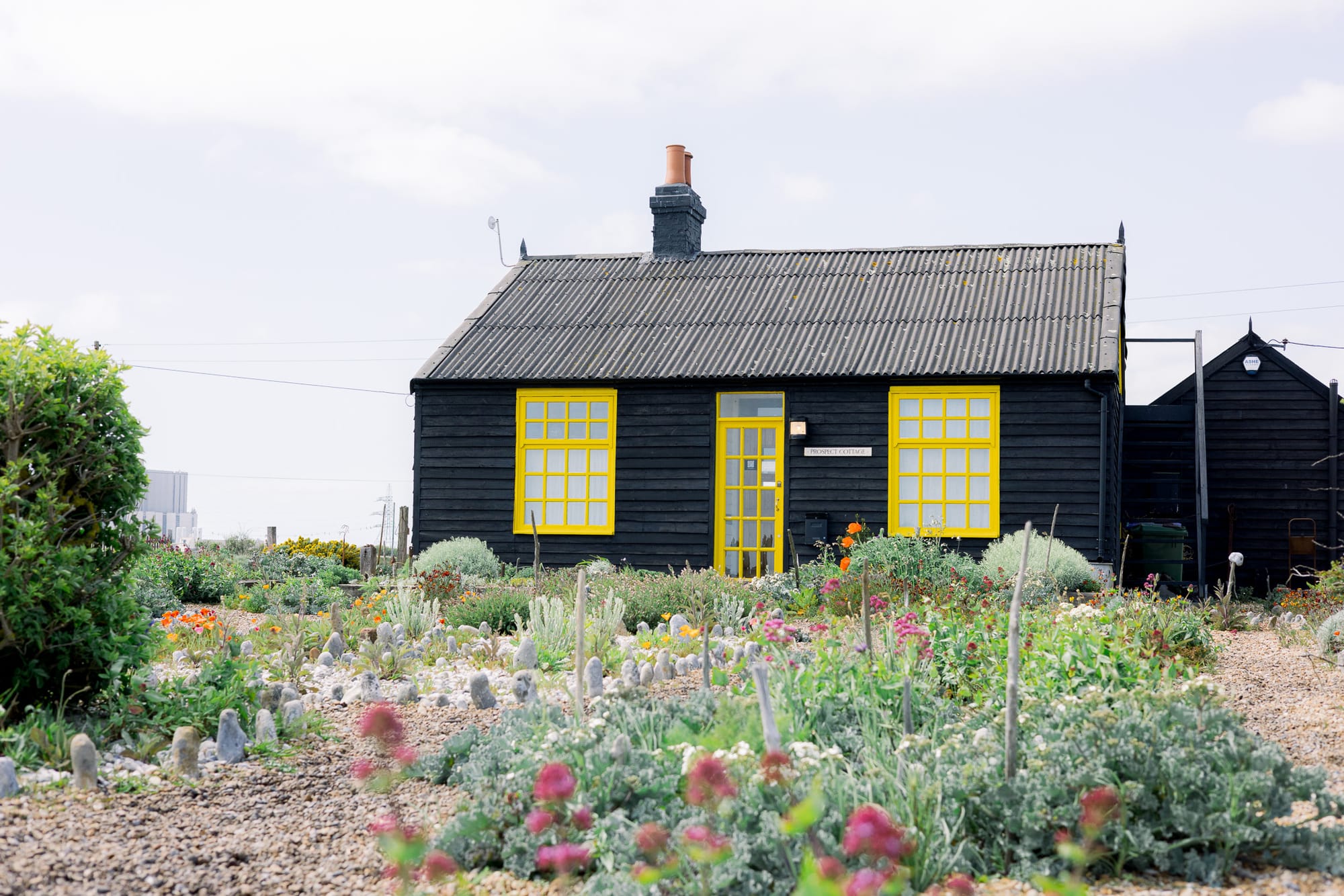
Why It Still Matters
Prospect Cottage is more than a home. It’s a manifesto.
It shows how art can be made anywhere—even on a desolate beach. It reminds us that creativity is not about luxury or fame, but about seeing the world with attention and care. And it teaches that resistance can take the form of poetry, of flowers blooming in stone, of refusing to look away.
As environmental concerns grow, as LGBTQ+ rights continue to be debated worldwide, and as younger generations search for authentic modes of expression, Jarman’s example feels more relevant than ever.
Camera: Canon EOS R5
Presets used: Aether Presets by Sotiris Takanikas
